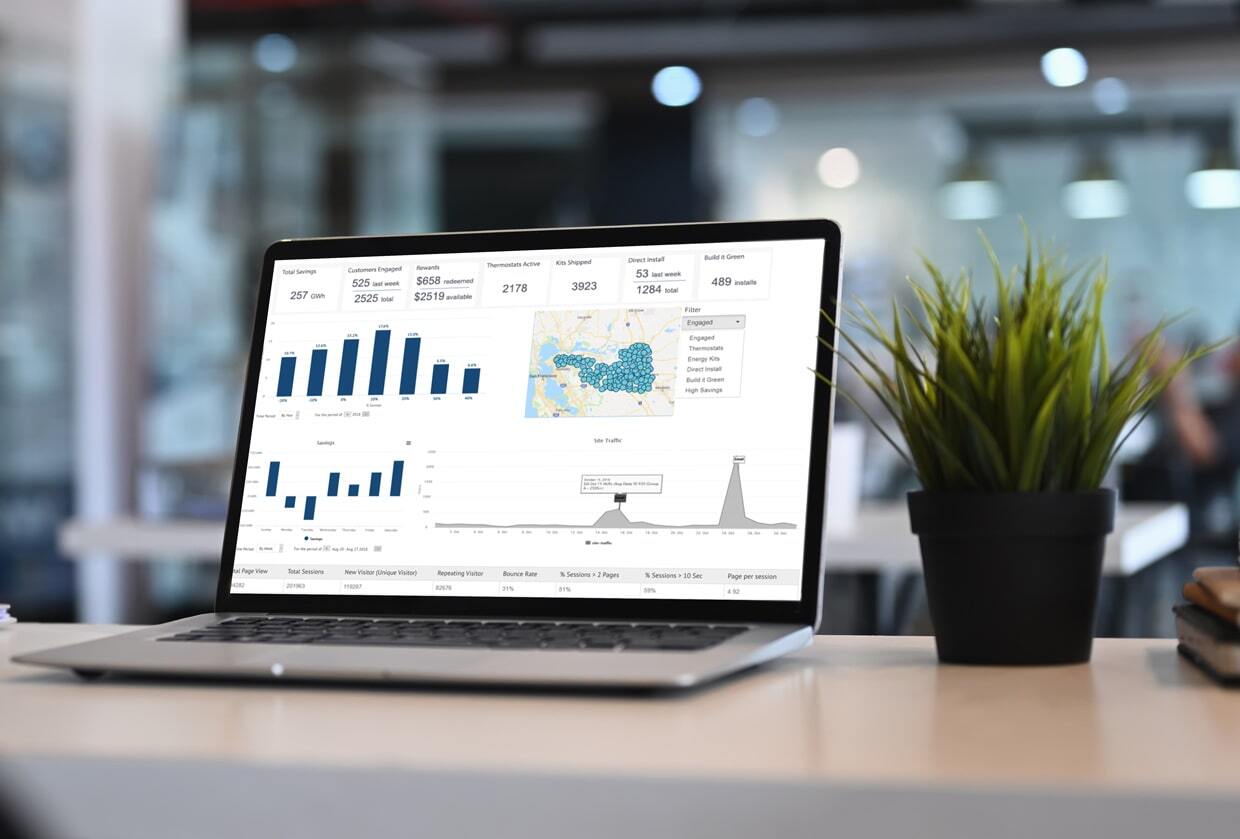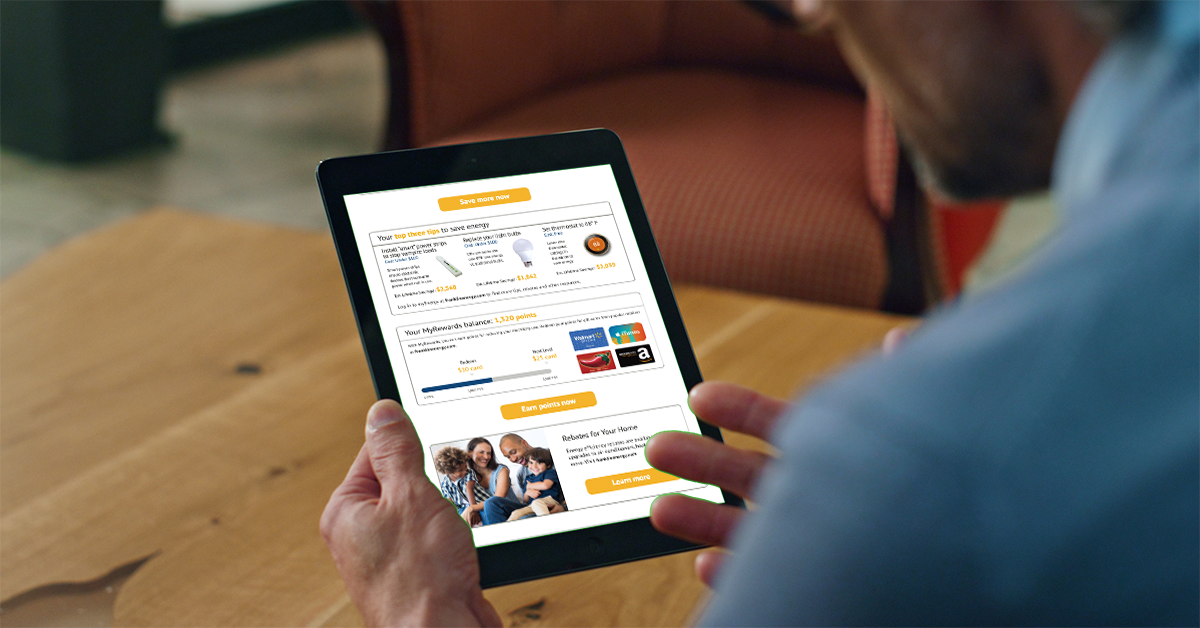
On April 10, 2024, I had the privilege to moderate an enjoyable Impact Café webinar here at Franklin Energy. I was joined by three experts in the space, and we had a rich discussion about the best ways for utilities to encourage commercial property owners (multifamily, retail, workplace, and public sites) to install EV charging as an amenity for their tenants, residents, customers, and employees. Here are my top takeaways from that conversation. 
1. Establish the business case.
Unlike residential customers installing a home charger, or fleet customers installing chargers to support their electrified fleet, our target customers don’t have an imperative to install charging. This means it’s critical for utilities to help these customers understand the business case. Erik Lundeen, who is the EV Program Manager at Black Hills Energy (BHE) and manages BHE’s EV charging rebate program in Colorado, starts by making the case to his commercial customers that EVs are, indeed, coming. He highlights announcements from vehicle manufacturers, as well as commitments from national accounts such as Walmart and Pilot that are bringing EV chargers to their business locations. He also mentions policy, such as the state of Colorado’s goal of 900,000 EVs on the road by 2030. This helps commercial customers establish the trajectory that EVs are on.
David Rowley, who is an EV Program Manager here at Franklin Energy, implements the New York Make-Ready Program for New York State Electric and Gas (NYSEG), and Rochester Gas and Electric (RG&E). David mentioned that he and his team have had particular success with enrolling multifamily sites in the program. The Franklin Energy team talks to these customers about the ability to attract and retain tenants and increase their property value by installing charging. And it’s working: EV charging is starting to be viewed as a competitive advantage and a way for multifamily properties to differentiate themselves, a trend David referred to as a local “ripple effect.”
2. Address complexity.
All the speakers on the webinar agreed that cost is a barrier, but complexity takes the cake. Jason Zimbler, who is the Light-Duty Vehicle Director at CALSTART, manages a Department of Energy-funded project to address exactly this challenge. CALSTART’s Charge@Work project offers tools and resources that help workplaces around the country understand the costs, benefits, and the process of installing EV charging for their employees. Charge@Work is a free resource that utilities can refer their customers to, or it can serve as a model that utilities can follow if they want to provide information in a more tailored way. Jason also mentioned that a similarly structured program, called Charge@Home, is launching soon to address the same challenge in multifamily settings.
Over in Colorado, Erik starts his pitches with some basic information about EVs and charging levels to help familiarize commercial customers with the technical aspects of charging. Black Hills Energy offers commercial customers rebates for EV chargers but can also support them with site design and facilitate introductions to local installers. 
Meanwhile, Franklin Energy’s David showed a glimpse of the complex workflow diagram that illustrates the depth of coordination between Franklin Energy, the utility, and the trade ally installer to help customers move through the New York Make-Ready Program—juxtaposed with the bright, simplified marketing version that customers are presented with. It was clear that thoughtful, informed program implementation can help keep the decisions, action items, and timelines straightforward for the customer, and keep projects and program goals on track.
3. Consider equity.
Lastly, the conversation reflected the importance of charging as an amenity, and the role it plays in addressing equity within EV programs. The traditional EV buyer today is a single-family homeowner who charges 85% of the time at home, but that won’t be true as we move past early adopters into mass market adoption. Renters, multifamily dwellers, and those without access to off-street parking at home will all need places to charge their cars, making public, workplace, and multifamily charging all the more important. That makes commercial EV charging programs an equity linchpin in utilities’ portfolios, but they require eager and willing commercial customers who want to enroll. Our speakers had some great tips and ideas of how to engage those commercial customers, build the business case, cut through the complexity, and drive program success.
To go in-depth with our expert panelists and get all the details, you can watch the full on-demand webinar. And if you’d like to learn more about Franklin Energy’s transportation electrification solutions, check out our web page or contact us!

.png)
.png)


.png)
